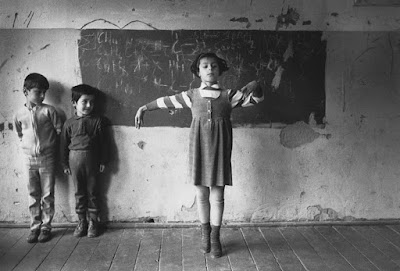i've done a crude cut and paste, inserting jacques callot's pantomime dolphins into an old print of tenby by william wallis from a painting by henry gastineau
but i'd enlarged the tenby print beyond the limits of its graphic integrity
the collage is problematic because the callot dolphin image was actually much larger than wallis's tenby image
since then, i've found out that the bibliotheque nationale de france have two of the original callot's, and their image of the second one is bigger and clearer than the one i'd used
they were made in 1627, to commemorate a spectacular pageant ... le combat de la barriere
as you can see, callot's dolphin plate was very finely drawn and engraved & etched, being only about nine inches by six
wallis's tenby plate is only about six inches by four
here's the BNF Gallica link for callot's images ...
https://gallica.bnf.fr/services/engine/search/sru?operation=searchRetrieve&version=1.2&query=%28dc.title%20all%20%22Entr%C3%A9e%20des%20sieurs%20de%20Vroncourt%2C%20Tyllon%22%29&suggest=1&lang=en
here's another scene from the same pageant, it must have been fun
then i found out that callot had made an entire album of ten prints commemorating the pageant ...
"The 10 prints in the Combat series were created to commemorate a tournament sponsored by Duke Charles IV of Lorraine, in his palace at Nancy, in honor of his beautiful cousin the Duchess of Chevreuse who was in exile at Lorraine after the discovery of her role in the plot against Richelieu. The Duke and his cousin the Prince of Phalbourg fought for her favor in an evening joust – the fight itself is shown in the culminating plate."
The series shows Callot at his best in a range of motifs, showing crowds and individuals, astonishing details and marvelous compositions, reality and invention, all etched splendidly.
Callot's illustrations eventually were included in a book on the event written by the blind court poet Henry Humbert. Various floats, chariots and individuals are shown entering the arena. Humbert writes of the entry of Vroncourt, Tyllon and Marimont: "They were raised up on a dolphin, armed with silver armor...Before their machine was seen Arion carried by another dolphin in the middle of the waves of the sea, who fondly touching his lute, blended his harmonies with the accidents of his voice." The entry of the Duke (the star) is described thus: "Vulcan with the nude Cyclops appeared next in a grotto, at the rear of which was a blazing furnace, where these dark artisans forged the arms of the sun.." (Callot had in fact designed the chariot of the forge of Vulcan.)
https://www.artsy.net/artwork/jacques-callot-le-combat-a-la-barriere-the-combat-at-the-barrier
... can i find all ten images ? watch this space
later ... here's a whole page of stuff from the BNF ...
https://gallica.bnf.fr/services/engine/search/sru?operation=searchRetrieve&version=1.2&collapsing=disabled&rk=42918;4&query=dc.relation%20all%20%22cb42586457s%22
i think i'll set them out as a separate blog, although i'm not yet sure in what order they should appear
and can i find a better image of the original view of tenby ?

ah ! ... there's an original imprint on sale ... so if i can buy it then i can scan it more clearly
so there will be progress
ergo ...




















































